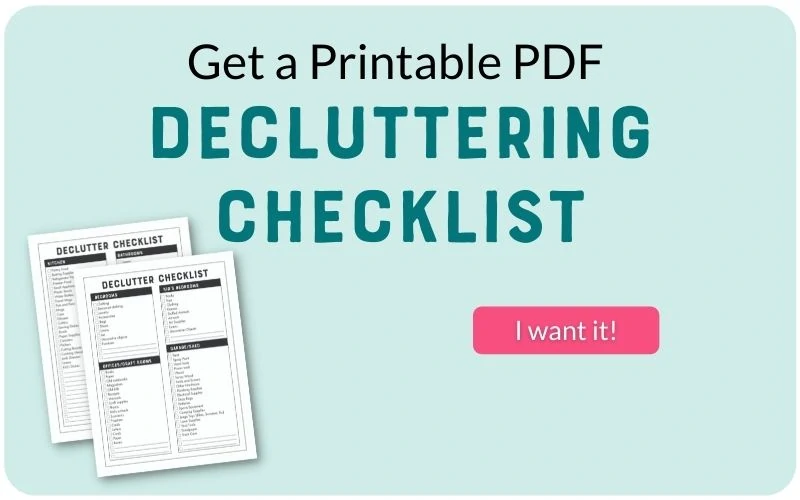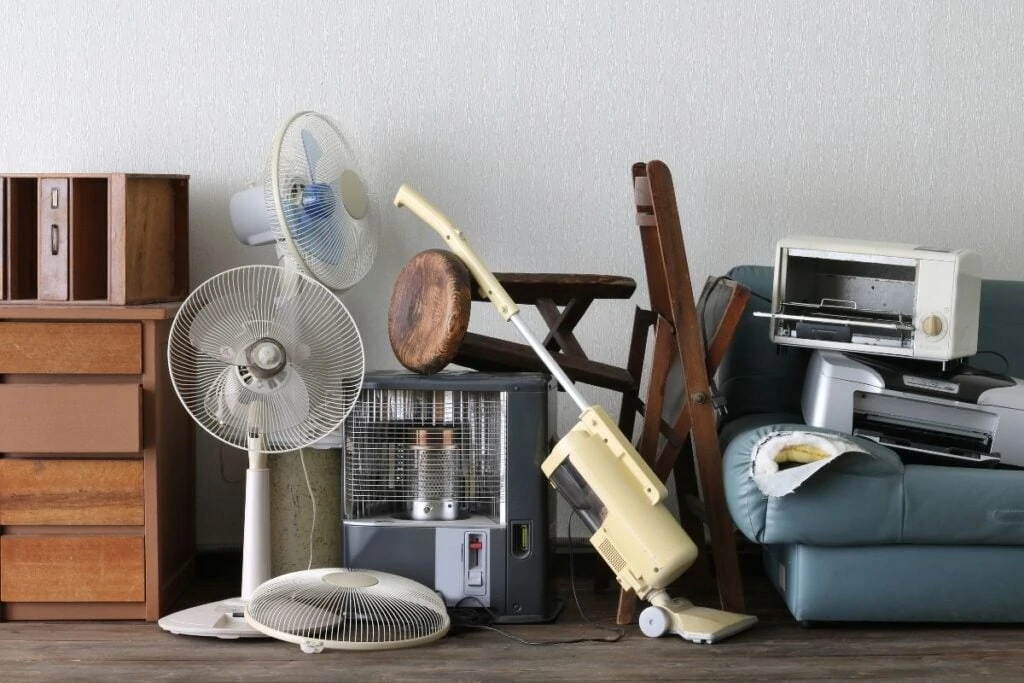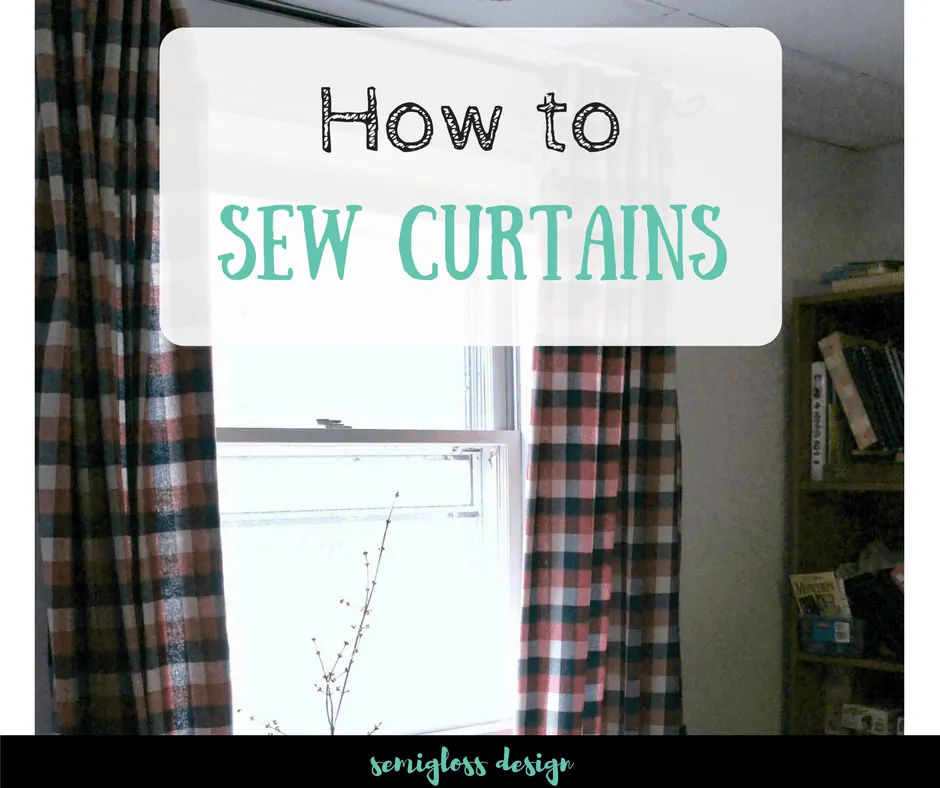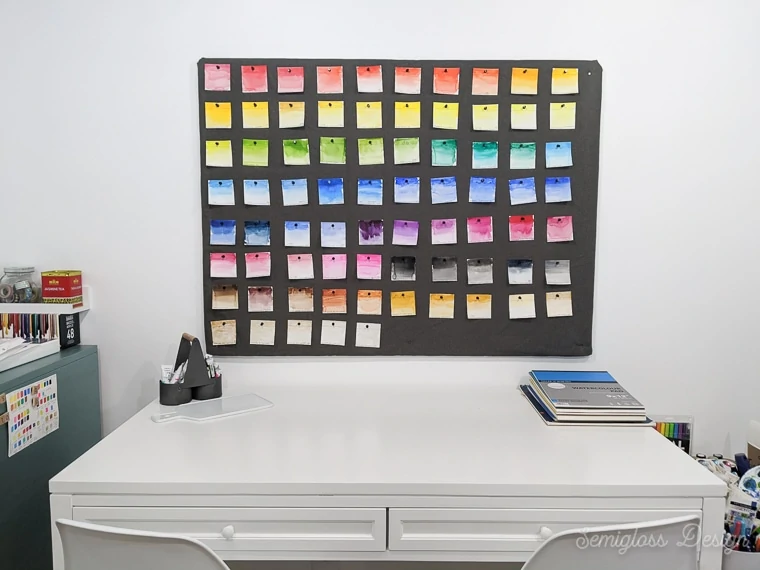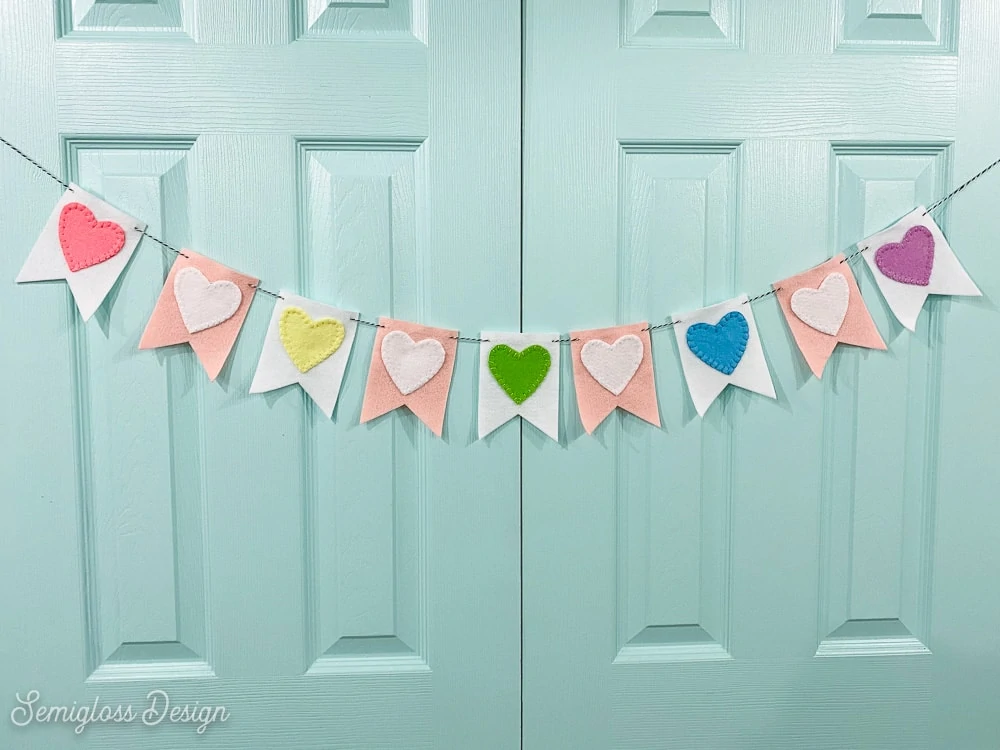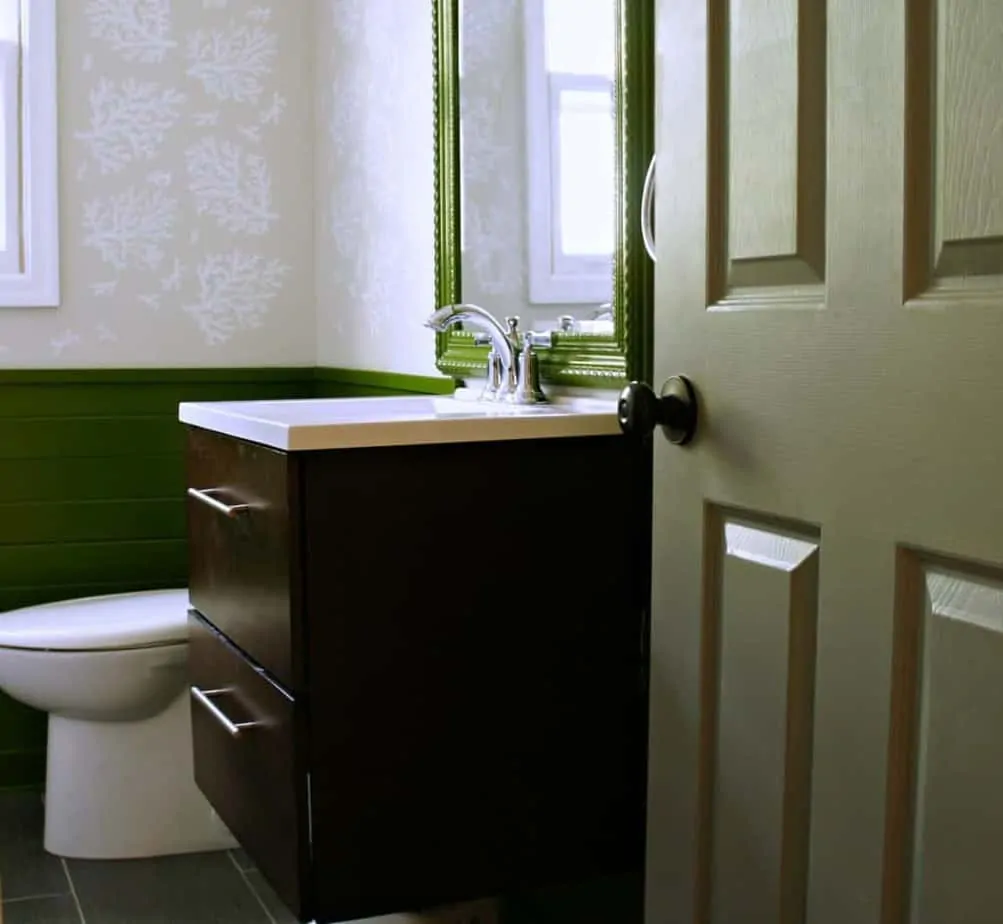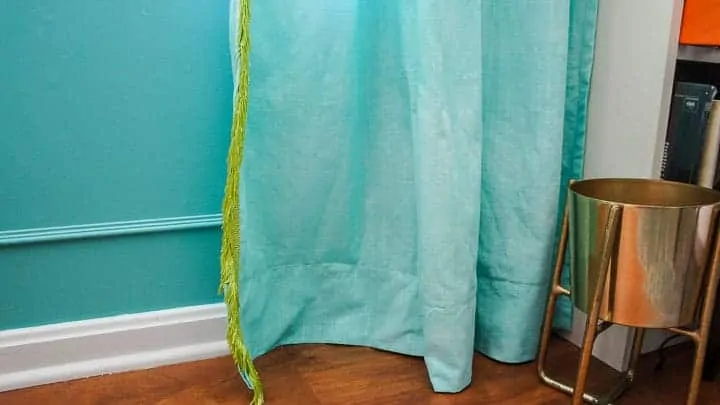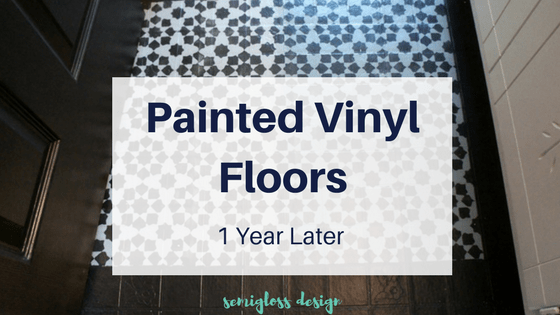How to Declutter Before Moving
Learn how to declutter your home before moving. Get easy tips for getting rid of your things to move cross-country or to downsize your home.
If you’re looking to get rid of stuff before moving, you will love these tips for getting in the right mindset to move and live your best life.
You might also like these decluttering tips for when you don’t know where to start.
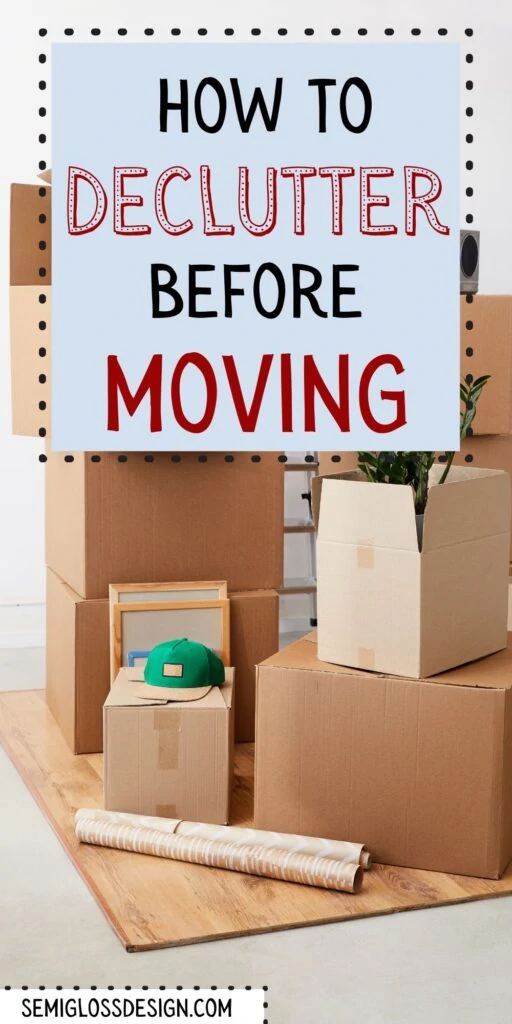
This post contains affiliate links. By purchasing an item through an affiliate link, I earn a small commission at no extra cost to you. As an Amazon Associate I earn from qualifying purchases.
We are planning a cross-country move this summer and we’re so excited, but it’s also pretty overwhelming.
To keep moving costs down, we are in the middle of a massive decluttering process.
As a DIY blogger, I love my stuff. My daughter calls me a hoarder, but I prefer “collector.”
We have a LOT of STUFF and we are getting rid of entire rooms of stuff since we plan on down-sizing.
Here’s how we’re decluttering to get ready to move. (Get easy tips for moving using a moving company here.)
How to Declutter Before Moving
Mindset
The first thing to talk about is your mindset.
Moving is hard. Decluttering a lifetime of possessions is even harder.
You’re going to want to cry during this process. And that’s okay.
It’s really difficult to let go of possessions that feel special.
Our things represent so much to us: memories of special times, dreams that we once had, gifts from people who love us.
Getting rid of these things doesn’t take away the memories. If anything, it makes room to make more memories.
Having a positive mindset will help during this process. I know that not everyone moves for positive reasons, but finding the good in moving can help make the process easier.
Keep Your Why in Mind
It can help to keep your why in mind.
For us, we’re hoping for a simpler life in a warmer climate. Less stuff equals less stuff to clean, which means I’ll be less stressed out about a house that I don’t have time to clean.
Every time the decluttering process feels overwhelming, I repeat the name of the place we are hoping to go. And the sadness lessens because the outcome will be worth it.
The Decluttering Process
Make a Plan
If you know me well, you know that I love a good planning session. Since this move is so stressful, my plan is my only hope to retain my sanity.
I’m using Asana, which is a free project planning software. You can use anything that you’re comfortable with, even if it’s a piece of paper. I’m also using my printable decluttering checklists.
My main list is organized into a to-do list by rooms (how to stage for selling), what we need to buy to stage the house (paint), and the tasks we need to hire out.
For decluttering, I made a list of rooms and grouped them to get the most done each weekend.
This past weekend, I decluttered the living room, family room, dining room, bathroom, and hall closet. That seems like a lot, but the hall and bath took about 30 minutes total.
Get a Printable Decluttering Checklist
Make moving easier with a decluttering checklist for just $3.00!
Where to Start?
Go for the quick win.
I recommend starting in a room without sentimental items. They can overwhelm you quickly.
If you hate cooking, the kitchen is a great place to start. However, if you love it and are attached to your baking gear, start somewhere else.
Easier rooms are also a good place to start for a quick win. Rarely used closets and bathrooms are smaller and quicker.
We’re saving the garage for a few weeks from now until the weather cooperates.
Timeline
Chances are good that you have a timeline already. A timeline helps to set boundaries for when things have to be done.
I don’t have a timeline yet, because we don’t know where we’re going. So I made one up. I’m giving us 3 months to declutter and get the house ready to sell.
This is a very short time to get rid of a lifetime of possessions, plus paint every room in the house.
As I said, this timeline is necessary for my sanity.
A timeline also dictates how to get rid of stuff. If you need to declutter fast, selling things on Facebook Marketplace isn’t the best use of your time.
Be realistic when setting a timeline. If you don’t give yourself enough time, you’re going to be exhausted and super stressed out. Too long of a timeline will let you procrastinate the process.
Break it Up into Bite-Sized Chunks
How do you eat an elephant? One bite at a time.
How do you declutter your entire home? One room at a time.
Your bite-sized chunks might look different than mine due to your timeline. Basically, I try to plan for what I can get done in one day without completely exhausting myself.
Right now, we’re working on Saturdays in 2-3 rooms of the house that have been grouped together based on the amount of work they need.
I’ve also scheduled some catch-up time in case we fall behind. Right now it’s looking like that day will be used to go through each room one more time to remove things that I’ve missed.
Do Research
If you know where you’re going, research home sizes in the area where you’re going.
We have an area in mind and the houses are about 1/3 of the size of our home. Plus moving cross-country is super expensive.
We know that getting rid of stuff will help with the costs and our remaining stuff will fit better in our new home.
Homes in that area have 1 living room and dining room area, bedrooms, and bathrooms, plus patios in most cases. We will most likely have a 3 bedroom.
What helps me is visualizing what furniture each room needs. For instance, a living room needs a sofa, media console, and side tables. Everything else can go.
Plan How to Get Rid of Items
As I said earlier, a longer timeline means that you have more time to sell things and give items to friends and family.
If you need to declutter quickly for a move, donating and throwing stuff away is probably the fastest way to get rid of stuff.
Be realistic about what thrift stores can resell when donating though! No one wants a box of old pencils with broken erasers. Throw them away.
Animal shelters often accept old towels though. Homeless shelters always need more coats and gloves.
Selling items can be a good way to make some money off of items. I would only sell big-ticket items like furniture and appliances. It’s not worth the hassle for a $5 throw pillow.
Our plan is to donate the smaller items that are in good shape, throw away the trash, and sell excess furniture.
To clean out the garage and shed, we will rent a dumpster and fill it up. It’s surprising how fast you can fill a dumpster.
Dealing with Guilty Feelings
This process can feel so wasteful. Donating gently used items helps alleviate some of the guilt because those items have a chance at a new life.
Throwing stuff away can also be rough. But if it’s not good enough to donate, why are you keeping it?
Most of the stuff that I’ve thrown away, I find myself asking, “Why have you kept this for so long?”
This process will help you in the future. You will remember how bad it felt to throw so much stuff away and think twice about bringing more things into your new home.
Get the Supplies You Need
It’s easier to get started if you already have the supplies that you need. I recommend boxes, packing tape, and strong trash bags.
My husband found boxes behind a store for me, but most home improvement stores sell boxes as well.
Trash bags can be used for soft furnishings, like pillows, towels, blankets, and clothing.
I don’t bother wrapping breakables when donating stuff. Instead, I stack stuff gently. If you feel the need to wrap stuff, use soft things that you’re already getting rid of (like towels and old clothes.)
Don’t waste money on paper and bubble wrap. You have enough packing in your future…
What Are You Keeping?
This is a helpful thing to think about. Sometimes it’s easier to think about decluttering with the perspective of what are you keeping (rather than what are you getting rid of.)
I learned this idea when I was obsessed with Konmari. By the way, when I need more motivation, I re-watch an episode on Netflix. It’s very helpful to get me in the mood to declutter.
With this perspective, as long as my new sofa, computer, record player and records, and art supplies come along, everything else can go.
I’m also keeping items for staging the house for sale so that it’s not completely barren. Most of these items will be donated after the house sells.
Get Help
Don’t try to tackle this by yourself. It’s much easier with some help.
I’ve enlisted the whole family to help. My husband and son load up the car to take donations, while my daughter and I pack up boxes.
They help me when I feel sad by reminding me of our why. They offer hugs when I need them.
Dealing with Sentimental Items
For most people, sentimental items are things like photos and kid’s artwork, which I have. But the really hard things to let go of for me were gifts and things we bought when we lived in Sicily.
What is helping me with these items is that I can’t see myself using them or decorating with them in my next house.
I’m super excited to change my color scheme and decorating style in the next house, so this brings me a lot of joy.
Also, as I work, I find myself noticing how much dust is on my beloved collections. I have pretty bad allergies, so the thought of less stuff to collect dust makes me really excited.
Photos and kid’s artwork can be hard to toss. Be honest about how much storage your next home will have.
And be honest about the last time you looked at these items. I have a giant bin of photos that I haven’t looked at in 6 years!
Digitize the special stuff and toss the originals.
Bribe Yourself
There’s no shame in bribing yourself (but not with more stuff!) A glass of wine, some ice cream, a bubble bath, whatever works for you. This brings us to the next point:
No More Shopping
As soon as you decide to declutter for a move, stop shopping!
However, there are a few exceptions to this rule.
- To replace a used item with a new, better version. For instance, I need to replace our sheets before we move. Shipping is more expensive in that location, so I want to do it now.
- Items needed for selling your home. We need to buy so much paint to repaint the walls, plus a few new appliances.
- Items that support the new life in your new location. We plan on buying hiking boots because it supports the life we want to have in the new place. But we’re getting rid of countless pairs of snow boots, rain boots, work boots, and winter boots. Your move might be different and you might need snow boots instead of flip flops.
Use It or Lose It
This is our new philosophy for stuff like food and craft supplies.
As a DIY blogger, I have a ton of supplies that I bought for blog posts. So I plan on spending a few days using those supplies, photographing the projects, and then getting rid of the stuff.
The same goes for unfinished projects. Finish them or get rid of them.
I’ve been telling my daughter the same thing. She is also a crafter and has resin kits and candle kits that need to be used.
We’re trying to eat through our massive food stash in the freezer as well. No more buying giant quantities from Costco.
The same goes for cleaning supplies. They will get their use in the next few months anyway.
Be realistic with this approach. If you can’t use everything within your timeline, it’s okay to donate it.
Work in Stages
We plan on having 2 different decluttering stages.
The first will be the biggest and most intense session where we get rid of everything that we don’t need in the next house or for staging.
The 2nd stage will occur after our house sells. This is where we will get rid of all of those staging items, plus plants, excess food, and cleaning supplies that can’t go with us.
Some rooms will need to be tweaked as I work and make more decisions. I’m okay with getting the room 95% done in the first stage.
Your decluttering stages might look different.
What if You Can’t Decide on an Item?
I have a few items that I am really attached to for whatever reason and I have left them in the room so far. As I look at my decluttered room, I feel more ready to let go of those items.
The other thing that is really helping is to envision that item in my next house. If it doesn’t fit, it gets donated.
Take Care of Yourself
It’s so important to take care of yourself during this stressful process. Eat healthy meals, get some exercise, and take breaks. Be kind to yourself and cry if you need to. Moving is hard.
We’ve designated Sunday as our day off and will continue with this as long as we can.
Here’s a virtual hug.
Helpful Printables that Can Help with Moving
Moving Planner – Organize every detail for your new house and old house to-do list!
Printable Moving Labels – Printable labels for moving boxes and inventory sheets.
House Selling Checklist – Organize everything you need to do to get your house ready to sell.
House Hunting Checklist – Handy printables to keep track of the houses that you’ve seen.
You might also like:
Pin for Later!
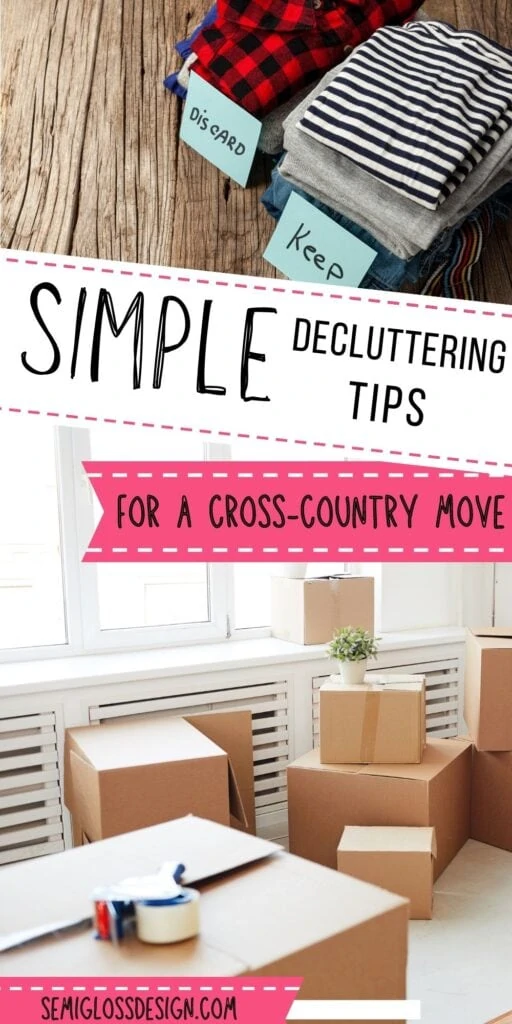

Emy is a vintage obsessed mama of 2 DIYer who loves sharing affordable solutions for common home problems. You don’t need a giant budget to create a lovely home. Read more…


